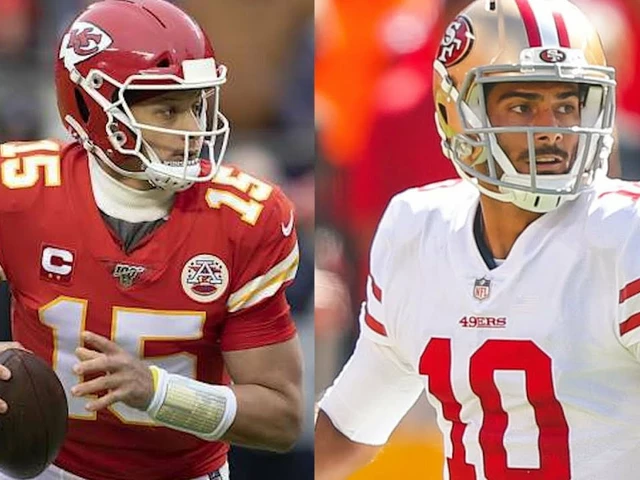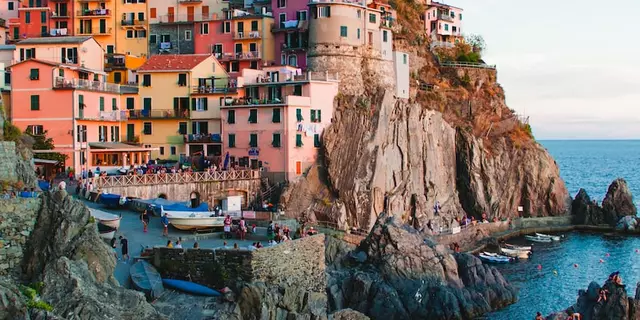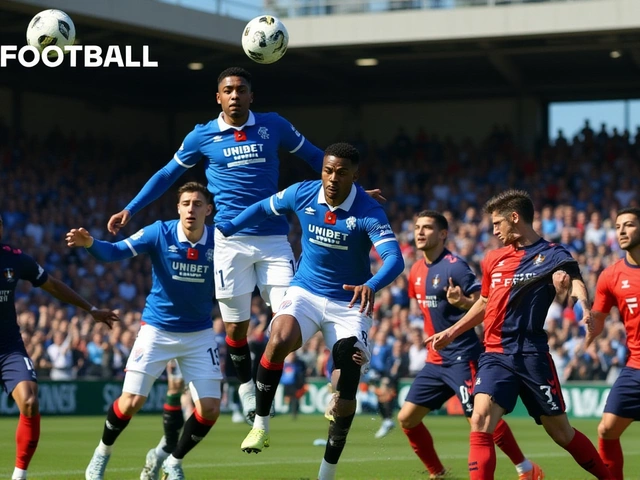Curaçao Makes History as Smallest Nation Ever to Qualify for 2026 World Cup
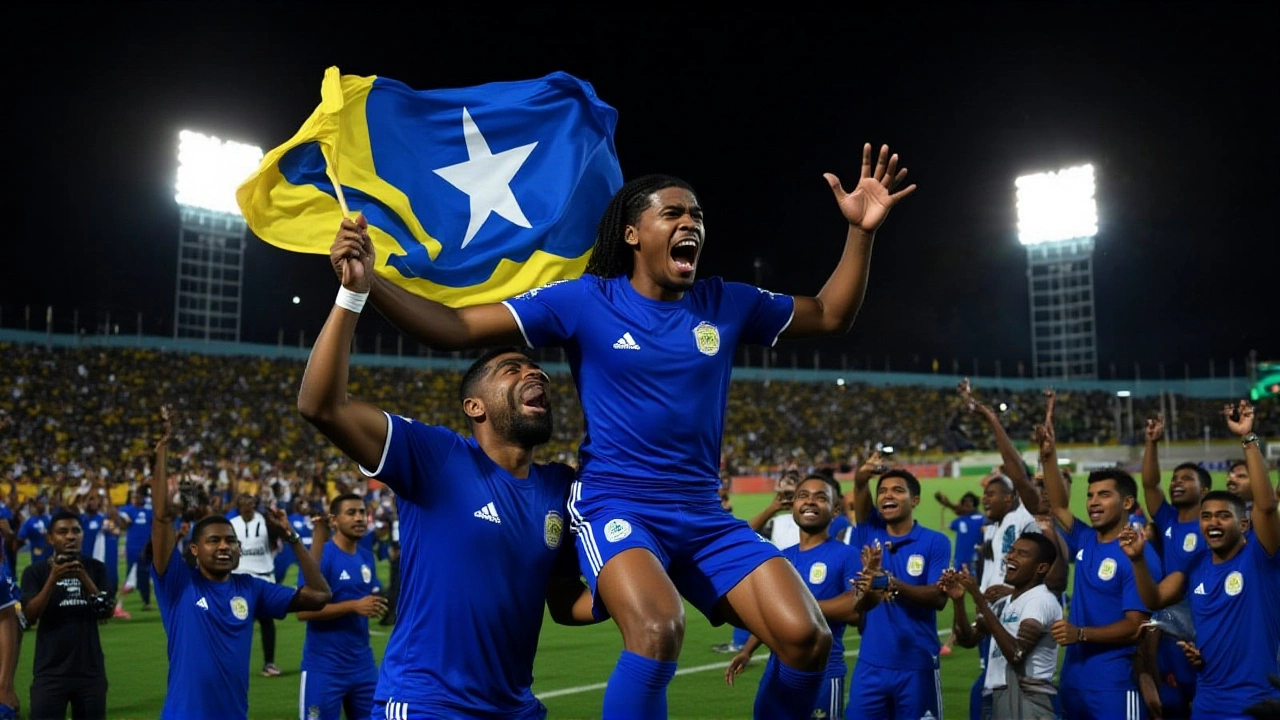
The Curaçao Football Federation didn’t just win a match on Tuesday, November 19, 2025 — they rewrote football history. In a rain-slicked Kingston night, with the roar of Jamaican fans echoing off the National Stadium stands, Curaçao edged out Jamaica 1-0, sending the tiny Caribbean nation to its first-ever 2026 FIFA World CupMexico, United States, and Canada. With a population of just 165,000, Curaçao has now surpassed Iceland’s 2018 record as the smallest country ever to qualify for the tournament. The goal? A quiet, perfect finish by Hansen — no celebration, no fanfare, just pure, stunned disbelief. And then, the noise began.
A Nation That Wasn’t Supposed to Be Here
Curaçao isn’t a nation in the way most people think of countries. It’s a constituent country of the Kingdom of the Netherlands, a 444-square-kilometer speck in the southern Caribbean, with more beaches than highways and more football passion than resources. Until 2010, it played as part of the Netherlands Antilles. When that federation dissolved, Curaçao had to start from scratch — reapplying to FIFA, rebuilding youth programs, scraping together funding. They didn’t even have a proper national training base until 2017. And yet, here they were: one goal away from football’s biggest stage. The road wasn’t paved with star power. No global superstars here. No Neymars or Mbappés. Just a squad of semi-pros — teachers, mechanics, local league players — who trained after work, on cracked pitches, under flickering stadium lights. Their captain, Makuna, plays in the Dutch third division. Their goalkeeper, Abyspo, works part-time at a car wash. And still, they outlasted Jamaica, a team that had reached the Gold Cup final just two years prior and boasted a Premier League goalkeeper in Andre Blake.The Moment That Changed Everything
The first half was a cagey, tense affair. Jamaica pressed high. Curaçao sat deep. The CONCACAF broadcast captured every near-miss: Nicholson’s shot rattling the crossbar, Makuna’s curler just wide, Blake making routine saves look heroic. At halftime, the scoreboard read 0-0. The crowd in Kingston was confident. The Curaçao bench? Silent. Then, in the 58th minute, everything changed. Leisa — a winger who’d spent most of his career in the Netherlands’ amateur leagues — drove down the left flank, cut inside, and whipped a low cross toward the back post. The ball skipped through the wet grass, past two defenders, and found Hansen, who had drifted unnoticed into space. One touch. One finish. A soft, precise curl into the far corner. The stadium fell silent. Then, chaos. Players collapsed to their knees. The Curaçao bench emptied. The coach, a stoic 52-year-old named Russell, didn’t move for three full seconds. When he finally did, he dropped to his knees, head in hands, sobbing.
"We Are Small, But We Are Big at Heart"
Post-match, an unidentified team official, voice cracking, told reporters: "I’m so proud of you guys and thank you." Another added: "I didn’t expect this because I thought Jamaica was a strong team, but we did it. Finally, we did it." Then came the line that would echo across the Dutch Caribbean: "We will show everyone that we are small, but we are big at heart. We’re going to show them that we are big at heart." It wasn’t just a slogan. It was a truth. Curaçao has produced talent like Keinan Davis at Aston Villa and Calvin Stengs at Feyenoord — players who left for Europe before they were even teenagers. But this team? This team stayed. They played for the island, not the transfer fee. For the kids watching on dusty TVs in Willemstad, not for the scouts in Milan.What This Means for the World Cup
The 2026 tournament, the first expanded to 48 teams, was designed to give smaller nations a shot. Curaçao didn’t just take the shot — they made it count. They join Cape Verde, Jordan, and Uzbekistan as first-time qualifiers, but none of them carry the same symbolic weight. Iceland’s 330,000 people were nearly double Curaçao’s population. And unlike Iceland, Curaçao doesn’t have a national league with professional clubs. Their entire football infrastructure fits in a single building in Piscadera. This isn’t just about football. It’s about identity. For a territory that’s often overlooked — caught between Dutch bureaucracy and Caribbean culture — this victory is a declaration: We exist. We compete. We belong.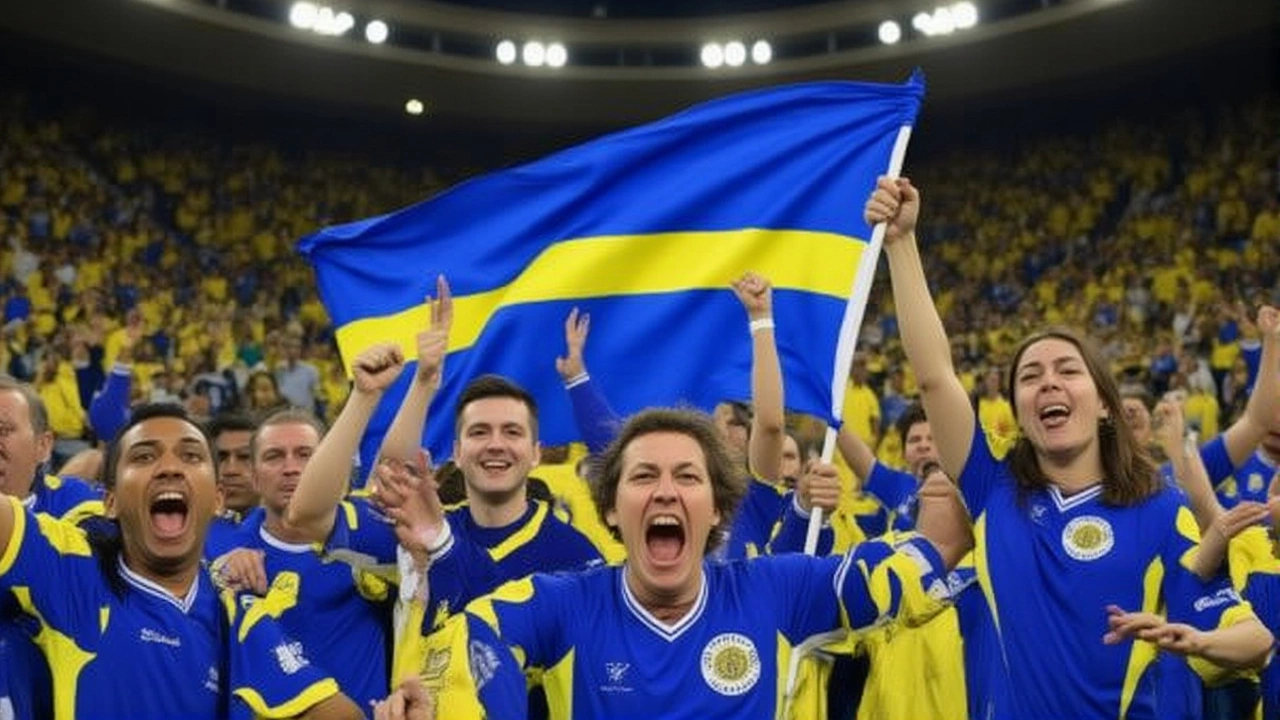
What Comes Next?
The draw for the 2026 World Cup groups happens in December. Curaçao will be seeded in Pot 4, likely facing heavyweights like the United States, Mexico, or even Germany. They won’t win every game. They probably won’t advance past the group stage. But they’ve already won something bigger. The Curaçao Football Federation has already begun planning a grassroots campaign to build a new youth academy — funded by local businesses and diaspora donations. A statue of Hansen’s goal is being commissioned in Willemstad. And every school on the island will get a new football — with the words "World Cup 2026" printed on it. The world will forget the scores. But they won’t forget the story.Frequently Asked Questions
How did Curaçao manage to qualify despite having such a small population?
Curaçao’s success came from intense focus on youth development and tactical discipline. With limited resources, the federation prioritized local talent over imports, investing in coaching licenses and small-sided training programs. Their 2026 qualifying campaign saw them concede only three goals in eight matches — the best defensive record in their CONCACAF group. They didn’t rely on star players; they relied on unity.
Who are the key players on the Curaçao team?
Key figures included Hansen, who scored the historic goal, Leisa for the assist, and defender Abyspo, who made a crucial header clearance moments before the goal. Captain Makuna anchored the midfield, while Russell, the coach, implemented a compact, counterattacking system. Most players are semi-professionals, with only a few playing abroad in lower-tier European leagues.
Why is this considered bigger than Iceland’s 2018 qualification?
Iceland had a population of about 330,000 in 2018 — nearly double Curaçao’s 165,000. More importantly, Iceland had a professional domestic league, state-funded football academies, and a national stadium that seats over 15,000. Curaçao’s entire football budget is less than Iceland’s annual youth development spending. This makes Curaçao’s feat statistically and culturally more improbable.
What impact will this have on Caribbean football?
This win is a blueprint for other small Caribbean nations like Suriname, Guyana, and the British Virgin Islands. It proves that with smart management and community support, even the smallest teams can compete. CONCACAF has already signaled it will increase funding for grassroots programs in microstates. Local media in Trinidad and Tobago and Haiti are already calling it the "Curaçao Effect."
Will Curaçao have a chance to win a match in the 2026 World Cup?
It’s unlikely they’ll win their group — they’ll face teams like the U.S. or Mexico. But in knockout football, anything can happen. In 2018, Iceland beat England. In 2022, Saudi Arabia beat Argentina. Curaçao’s discipline and cohesion could surprise a favored opponent in a single match. Their goal won’t be to win the tournament — it’ll be to make the world remember their name.
What’s next for the Curaçao Football Federation?
The federation has launched a $2.3 million initiative to build a national training center in Willemstad, funded by diaspora donations and local sponsors. They’re also negotiating a partnership with the Dutch FA to send coaches to rural schools. And for the first time, Curaçao’s youth teams will wear World Cup jerseys — not just as uniforms, but as symbols of what’s possible.
- November 20, 2025
- Cassius Windham
- 0 Comments
- Permalink

